Just like in the Spy Kids 3D movie, US soldiers may soon upgrade their mission planning from 2D to 3D. Welcome to the wonderful world of augmented reality, US Army.
Natick, Massachusetts is home to the Natick Soldier Research, Development, and Engineering Center (NSRDEC), whose Cognitive Science team is investigating the usefulness of AR with respect to soldiers' mission-planning skills. The NSRDEC has partnered with Tufts University to evaluate the effectiveness AR provides to soldiers' learning and ability to navigate, as well as how "individual knowledge, skills and abilities may predict the individual's interactions and strategies," according to a press release.
The study is being housed by Center for Applied Brain and Cognitive Sciences, just outside of Boston, which allows the NSRDEC and Tufts members access to vital AR technologies like the Microsoft HoloLens, which allows the researchers to "take in integrative and comprehensive approach to Soldier-relevant applied cognitive research," according to Aaron Gardony, an NSRDEC research psychologist.
Currently, mission planning is done via 2D images, such as topographic maps. Using a HoloLens allows for an immersive experience that gives soldiers a realistic preview of what's to come in their future mission. One study at the center involves a 3D model of a city, where soldiers "zoom, pan and rotate their view while memorizing the route, and then they are tasked with walking the route from memory." As in, they can interact with the environment as they could if they were actually present in it.
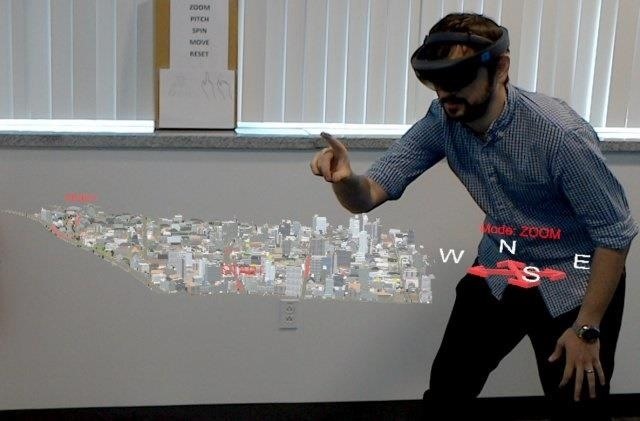
Gardony believes that mapping out a 3D environment may help some soldiers learn better and make mission planning more effective, stating:
In contrast to the one-size-fits-all approach 2-D representations provide, we believe AR-based mission planning using interactive 3-D maps and models could allow individuals to tailor their planning experience to their own preferences and those of their team members. Doing so could improve cognitive performance at both the individual and group level.
Improving efficiency and performance is par for the course with AR thus far, which has also been shown to improve worker performance in a factory setting.
This research ironically comes on the precipice of traditional military tech company ODG finally releasing AR wearables to the general public. This seems pretty representative of how AR seems to be inching to a massive takeover of the tech world as we know it.
Just updated your iPhone? You'll find new features for Podcasts, News, Books, and TV, as well as important security improvements and fresh wallpapers. Find out what's new and changed on your iPhone with the iOS 17.5 update.
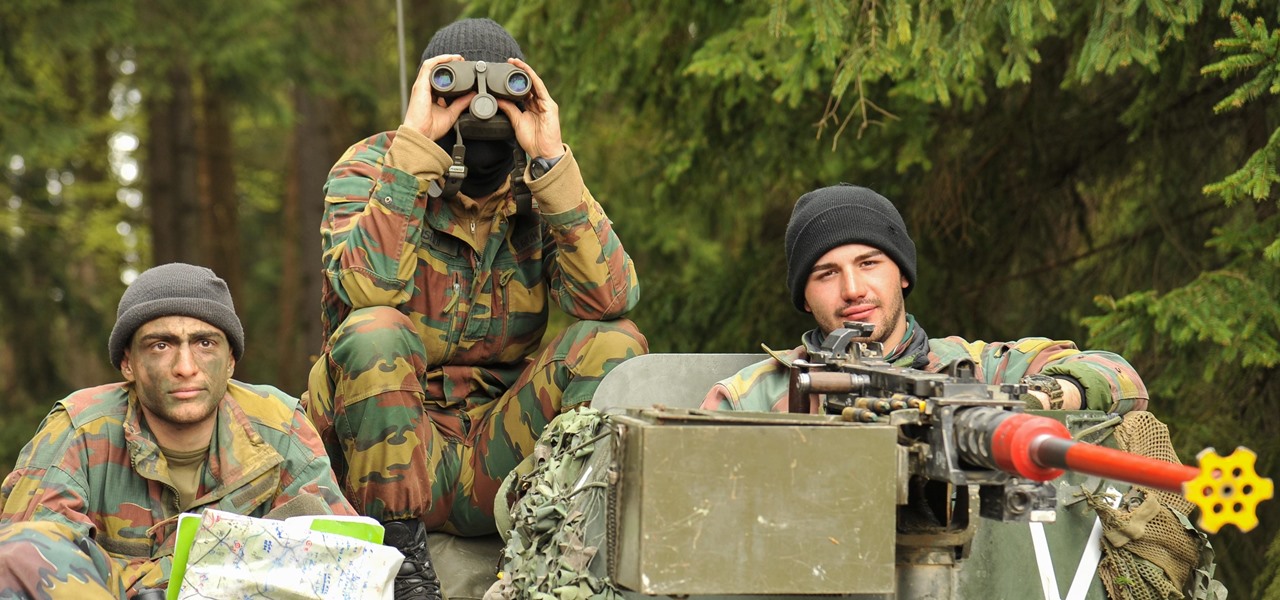











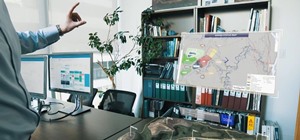
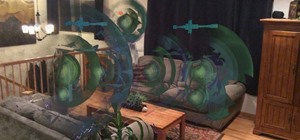

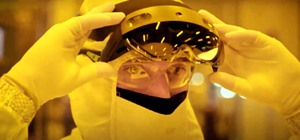
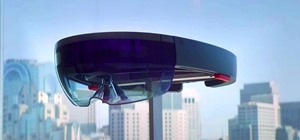
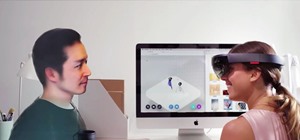

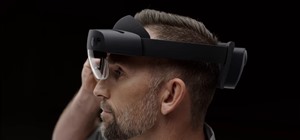
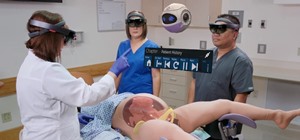
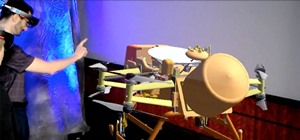

Be the First to Comment
Share Your Thoughts